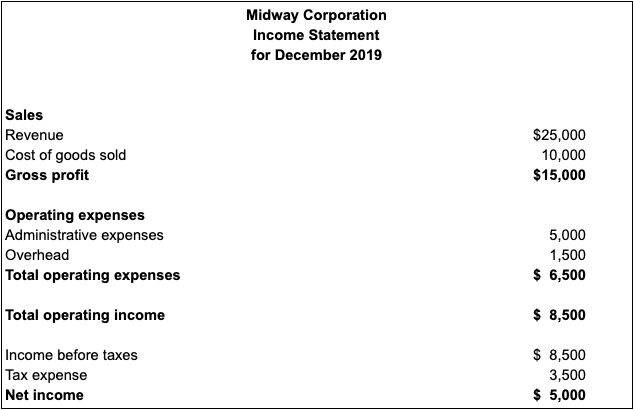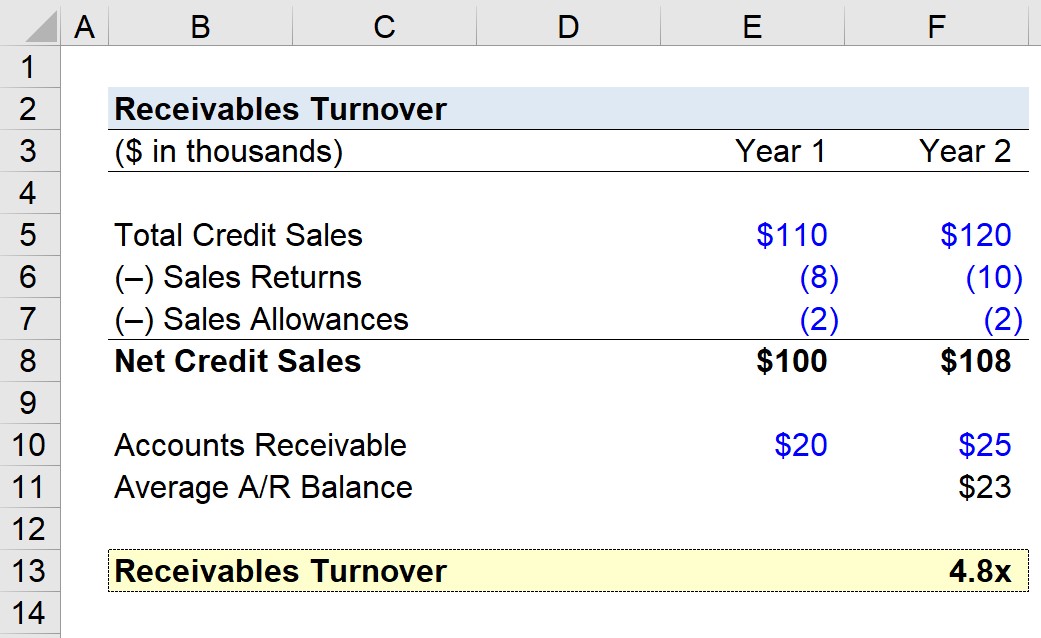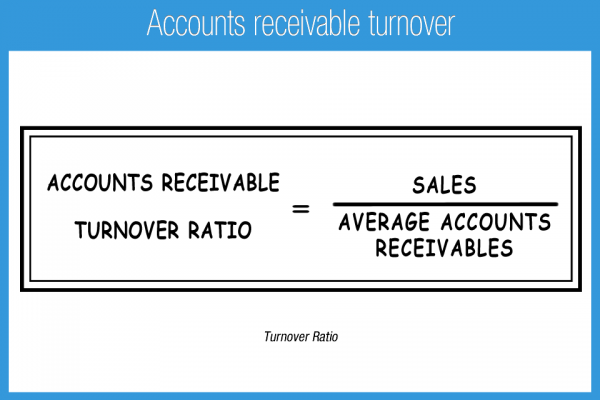

- #Calulator to figure account receivable turnover how to
- #Calulator to figure account receivable turnover professional
Their accounts receivables turnover ratio is then: This is their average accounts receivable: On December 31st, their receivables were $81,000 (ending accounts receivables). On January 1st, their receivables were $70,000 (beginning accounts receivables). To better explain how the receivable ratio works and how you can find the ratio for your organization, here is an example:Ĭompany XYZ earned $950,000 in net sales over the past 12 months.
#Calulator to figure account receivable turnover how to
Indeed, you probably aren’t sure how to calculate the average accounts receivable, let alone the turnover. These operations might seem too confusing when presented as dry formulas like this.

Typically, organizations like to calculate the accounts receivable turnover ratio for the past 12 months. The time period you choose to calculate the turnover for is entirely up to you. (Beginning Accounts Receivables + Ending Accounts Receivables) / 2 = Average Accounts Receivable The average accounts receivable is calculated according to this formula: Net Credit Sales / Average Accounts Receivable = Accounts Receivables Turnover The receivables turnover ratio formula is as follows: The accounts receivables turnover is calculated using the account receivables turnover ratio. How to Calculate the Accounts Receivable Turnover? In contrast, a low turnover ratio indicates that the company might have poor credit policies, a bad debt collection method, or that their customers aren’t creditworthy or financially viable. The company’s collection of account receivables is efficient. The turnover ratio is used in accounting to determine the efficiency of a business – it is also called the debtor’s turnover ratio or an efficiency ratio.Ī high turnover ratio typically means that the company has many quality customers who pay their debts in due time. The receivable turnover ratio is a measure derived from the receivables turnover. It is calculated using the accounts receivable turnover ratio. Basically, the receivable turnover reflects how good a company is at collecting payments. Receivable refers to the money owed to the company by its customers or clients. The accounts receivable turnover describes how well a company collects its revenue. These sound like complex terms that you may not have heard of before, but they’re not too difficult to understand once they’re broken down. To know how to use this formula and what it represents, you also need to learn about the accounts receivable turnover (AR turnover) and the accounts receivable turnover ratio (AR turnover ratio). One of the fundamental questions is: what is the accounts receivable turnover formula? However, you should also be familiar with at least the basics of finance & accounting so that you can understand what is happening to your business’ budget.
#Calulator to figure account receivable turnover professional
It would be best to hire a professional Finance as a Service partner to handle your finances, especially if you are running a sizable organization.

A good finance & accounting operation is at the heart of every successful business.


 0 kommentar(er)
0 kommentar(er)
